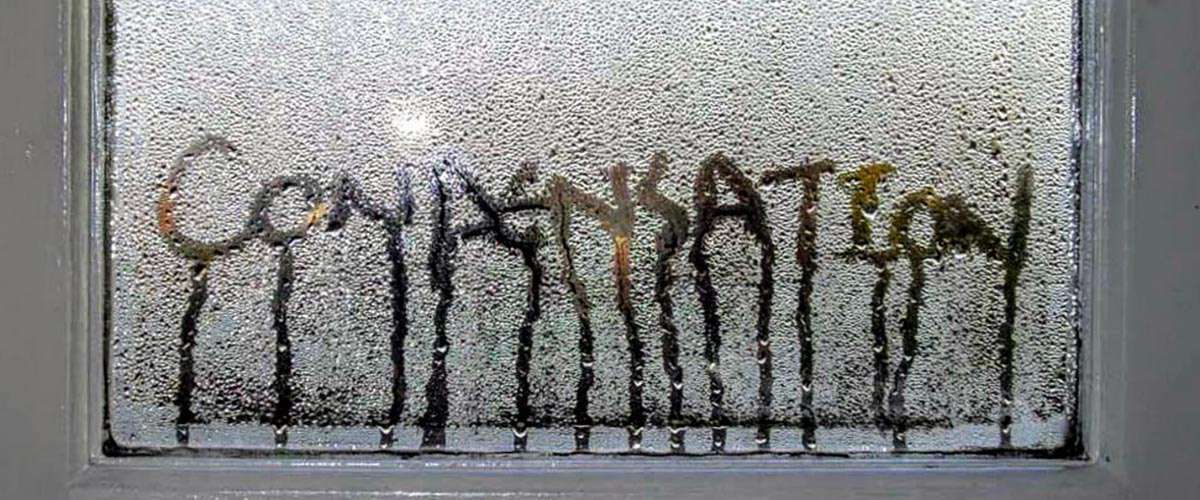Having been in the industry for many years, we know that condensation can be a major issue for many homeowners. Condensation occurs when warm, humid air comes into contact with a cold surface, such as a window or a wall, and turns into water droplets. This can lead to dampness, mold, and even structural damage if left unaddressed. However, there are steps you can take to reduce condensation within your home.
Here are our top six tips for reducing condensation:
Improve ventilation: Proper ventilation is essential for reducing condensation. This means opening windows and doors regularly to allow fresh air to circulate, especially in the mornings if you notice moisture on the inside pane, and ensuring that there is enough ventilation in rooms such as the bathroom, kitchen, and laundry. Keeping the vents on your windows open can help too.
Use extractor fans: Installing extractor fans in rooms such as the bathroom, kitchen, and laundry can help to remove humid air and reduce condensation.
Insulate your home: Insulating your home can help to keep heat in and reduce the amount of warm, humid air that comes into contact with cold surfaces. This can be particularly effective in reducing condensation on windows.
Use a dehumidifier: A dehumidifier can help to remove excess moisture from the air, which can reduce condensation. These don’t need to be an expensive purchase. One for £10 from B&M, or such places, work great.
Keep the temperature consistent: Fluctuating temperatures can cause condensation, so try to keep the temperature in your home consistent, particularly during the colder months.
Fix leaks: Leaks can cause condensation, so it’s essential to fix any leaks in your home as soon as possible.
It’s also important to identify problem areas in your home where condensation is likely to occur. These areas include:
Windows: Condensation on windows is a common issue. We have had customers, who have had new energy efficient windows fitted, experience moisture forming on the inside pane of glass, particularly in the colder months. This is because the glass is stopping the warm air from leaving the room, like they are supposed too, however that warm air turns to moisture droplets when they hit the cold surface. It is important to keep rooms well ventilated, especially those rooms where you sleep, dry clothes and shower. This should help minimise the build up of moisture on the windows.
Walls: Condensation can occur on walls if they are not insulated properly.
Ceilings: Condensation can occur on ceilings if there is poor ventilation in the attic or roof space.
Floors: Condensation can occur on floors if there is poor ventilation in the crawlspace or basement.
By following these tips and identifying problem areas, you can reduce condensation in your home and prevent the negative effects that come with it. However, if you are still experiencing condensation in your home, it’s best to contact us here at Roscot Home Improvements and we will be able to provide you with more specific advice and guidance based on your individual circumstances. We will be able to identify the cause of the problem and recommend the best solution to solve it.


